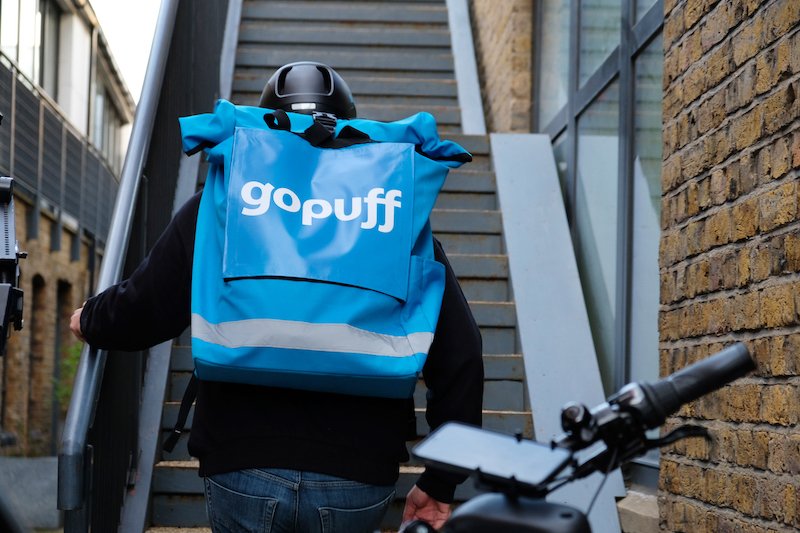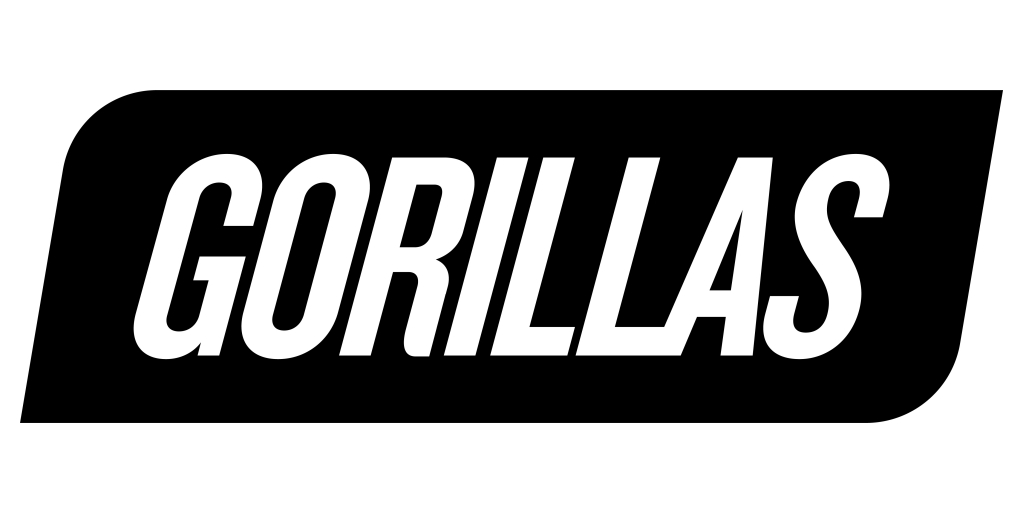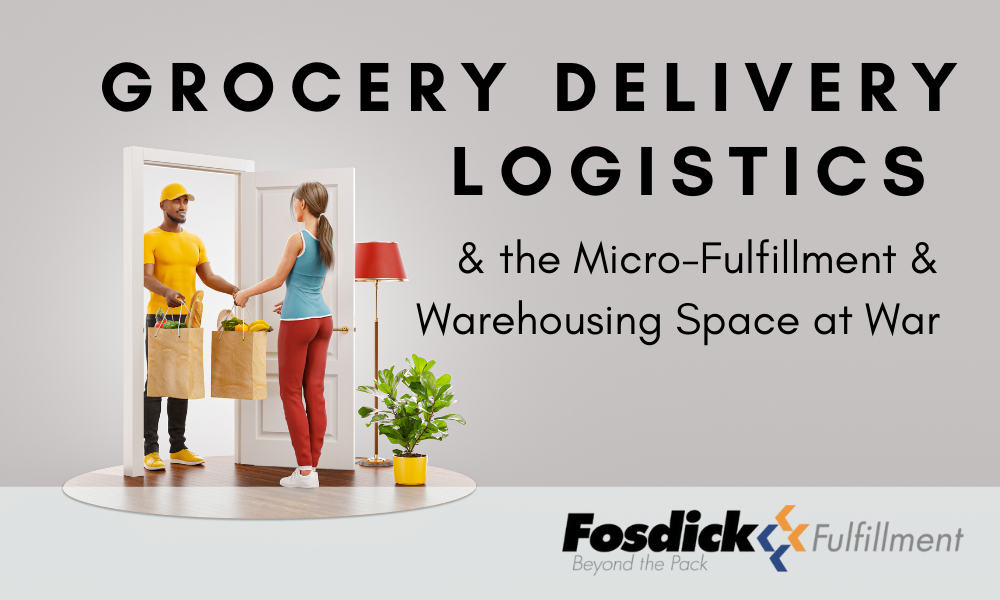Money pouring into “instant-delivery” grocery companies, and the efforts of established grocers to transition to 30-minute delivery beg an important question:
How much speed do today’s consumers truly need—and how much does an extra 5 minutes, 30, or 60 minutes mean to them?
Coresight Research, based in New York, set out to answer these concerns in a new paper titled “From Quick Commerce to Instant Needs: Exploring Business Models in Rapid Delivery.”
One of their main conclusions was that there is a demand for rapid delivery. In the report, Coresight founder and CEO Deborah Weinswig noted, “Delivery time is becoming increasingly important in online grocery shopping experiences.”
According to a Coresight study conducted in October 2021, nearly half of those who indicated they had ordered groceries online in the previous year (208 respondents) had chosen rapid delivery at some stage, which includes same-day, one-hour, and 15- or 30-minute options.
However, research also revealed that delivery speed isn’t the most important aspect for consumers when picking a fast grocery delivery service.
In fact, it came in sixth, behind cheap or no shipping fees (61%), item prices (53%), in-stock availability (49%), product quality (45%), and product assortment (45%). (43 percent ).
Only discounts/promotions were less important to consumers in their selection of a speedy grocery delivery operator, with only 40% naming “fastest delivery” as the most important criterion.
According to Coresight, this means that “shoppers are comfortable with slightly longer delivery times, which typically bring lower costs to the service.”
 On the other end of the spectrum are companies like Jokr, Buyk, and Gorillas, three of New York City’s fastest-growing instant-delivery services that use dark-store micro-warehouses and a neighborhood-focused delivery model to offer a selection of 1,000 to 2,000 SKUs to customers within a 15-minute delivery radius.
On the other end of the spectrum are companies like Jokr, Buyk, and Gorillas, three of New York City’s fastest-growing instant-delivery services that use dark-store micro-warehouses and a neighborhood-focused delivery model to offer a selection of 1,000 to 2,000 SKUs to customers within a 15-minute delivery radius.
According to Coresight, these vertically integrated players have raised $5.9 billion in fundraising to date, with valuations ranging from $15 billion for Gopuff to $7.5 billion for Istanbul-based Getir, which has yet to launch in the United States.
Third-party players such as DoorDash, which combined its market-leading restaurant-delivery service with on-demand grocery delivery in 2020 in response to pandemic store shutdowns, are positioned somewhere in the middle of the rapid-delivery market.
In terms of inventory costs, labor and logistics, and data management, each business model has advantages and disadvantages, and issues will alter as the landscape develops. Warming commercial real-estate markets, for example, might stymie instant grocers’ hopes for rapid expansion. Moreover, consolidation in the quick-commerce industry is unavoidable, not only because of who can obtain funding (Gopuff’s valuation jumped to $15 billion following a $1 billion campaign in July, according to Coresight), but also because of what consumers are prepared to pay for the ease, speed, and convenience of the services. As outlined in our earlier breakdown of the Coresight survey data, the balance between speed and price looks to lean farther in the direction of price than is beneficial to start-ups in the space.
“Longer term, reduced competition in a more concentrated market,” said Weinswig, “and one with a greater proportion of consumers accustomed to quick commerce—suggests that there will be greater opportunities for firms to pass reasonable costs on to customers.”
The Coresight CEO went on to say that the long-term impact of fast commerce is expected to expand market share movements.
For a first-hand account from the world of start-up grocery delivery, and a look inside micro-fulfillment “dark stores” (which, it turns out, are tremendously well-lit to facilitate picking accuracy), check out this recent episode of Planet Money. The team at PM follows their own order with Gorillas, joining operators at the store site to learn exactly what it takes to pick, pack, and deliver a small, random assortment of products in just 23 minutes. 
Ultimately, Grocery Delivery Wars exhibits an impressive focus on logistics at many up-and-coming services. At the same time, micro-warehouse/delivery service start-ups in their infancy tend to fall into some pretty flawed practices. Gorillas, for example, has not yet secured a liquor license, but users can still find all sorts of alcoholic beverage options on the app. The company’s solution? At one point in the episode, a cycling delivery person stops at a liquor store to finalize an order en route to its destination.
Workarounds like this seem to leave little margin for error for a service in which one of the primary value propositions is speed. And, even considering speed is not the biggest determiner of customer satisfaction, as noted in Coresight’s research above, product pricing IS of massive importance. Certainly, the retail liquor store price of a six-pack is not padding Gorillas’ profit for a given order.
Beyond that, the episode has us wondering about the impressive tech and hefty venture funding on which these companies are reliant. Coupled with the nature of the micro-fulfiller to work in tiny, obscure orders of generally inexpensive consumer goods, its unclear if the model is sustainable or possesses any genuine profit potential. But don’t take our word for it! Check out the episode below:
 Groceries are a trillion-dollar market. And there’s a new kind of grocery store trying to break in.
Groceries are a trillion-dollar market. And there’s a new kind of grocery store trying to break in.
They’re called “dark stores,” and they look nothing like a typical grocery store. Inside there are no checkout lines, no cashiers, no customers milling the aisles. These new stores are more like mini-warehouses, tucked away in dense urban neighborhoods. And they promise to get you your groceries in minutes.
How do they pull it off? And will they carve out a lasting market? Today we go behind the scenes at one of the startups competing to win at ultra-fast grocery delivery.

